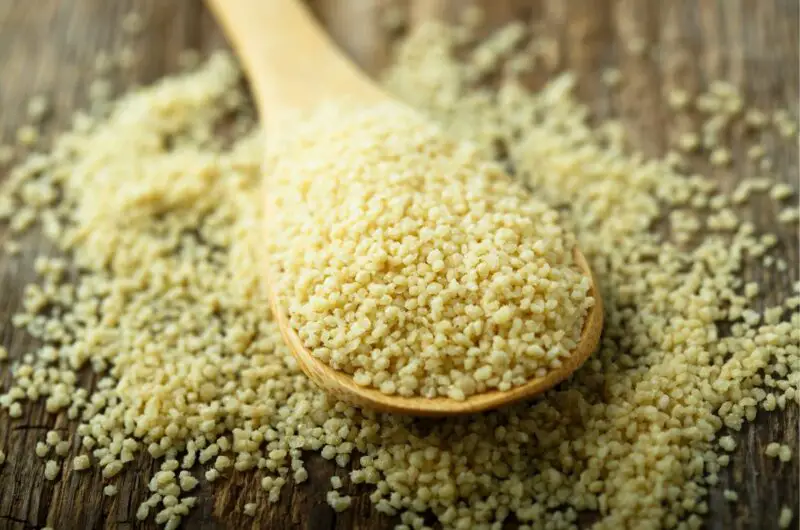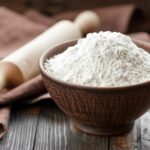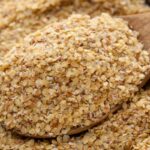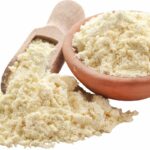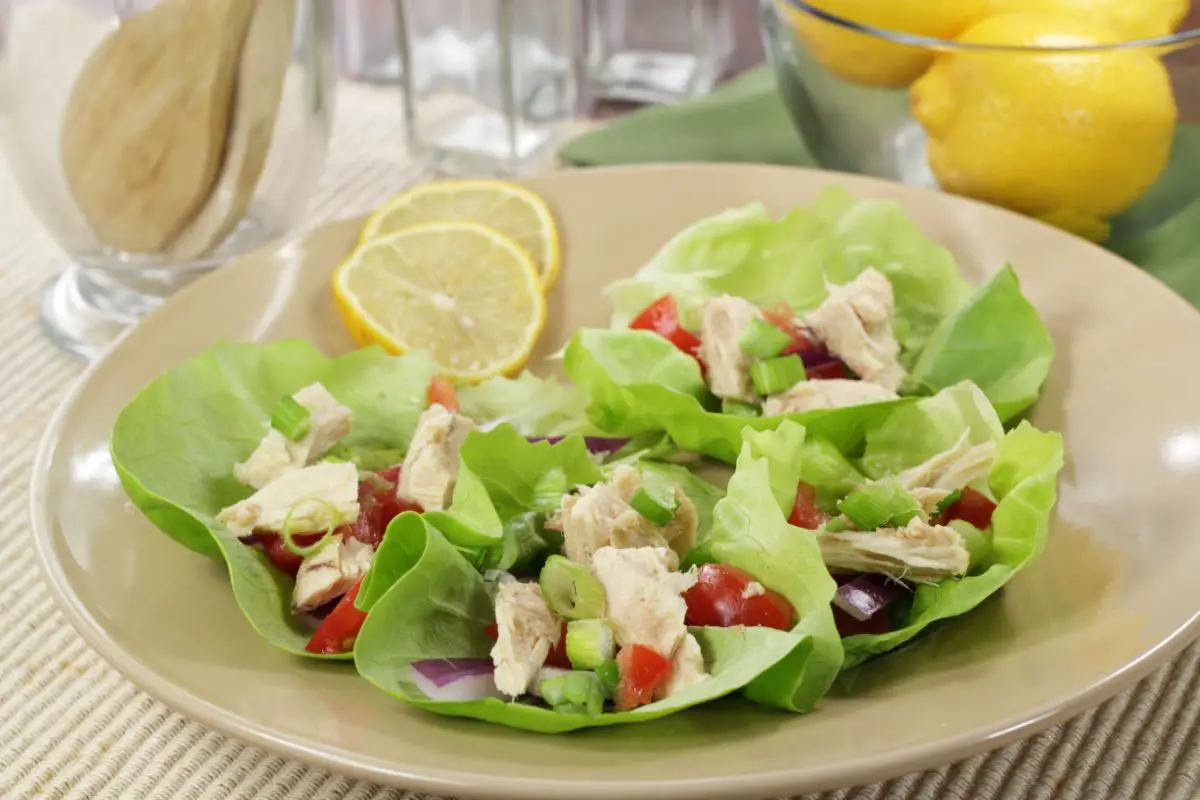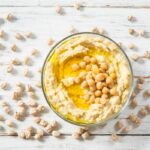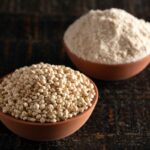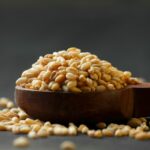Couscous is a type of pasta that’s made out of semolina or wheat flour.
The ingredient is often used to make several North African and Mediterranean dishes, which can have meat, vegetables, and fruit added to them.
Couscous is loved by many as it is very easy to cook, making it a common sight in several modern kitchens.
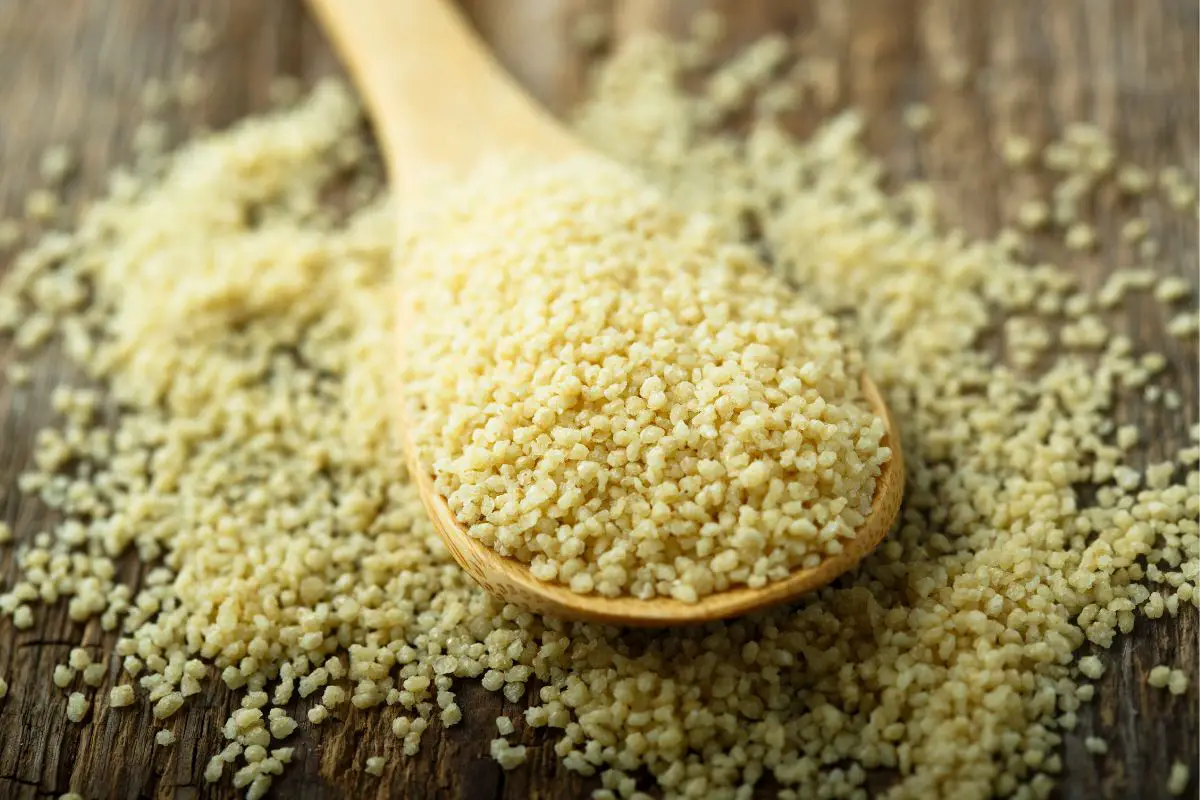
However, if you have run out, can’t find any at the store, or are just bored of couscous’ neutral flavor, you may need to use an alternative ingredient in your recipe.
You’ll find six of the best couscous substitutes below, as well as more information about couscous in this post.
Keep reading to discover some amazing couscous substitutes!
More About Couscous
Though most people think couscous is a type of grain, it’s actually a type of pasta made from barley, wheat, or semolina.
Couscous used to be hand-rolled, but nowadays, the product is machine-made.
Couscous is made by moistening roughy ground semolina, then mixing it with fine wheat flour to make small, spherical balls.
Couscous that is found within North America is usually the ‘instant’ type, designed for quick cooking.
In Tunisia, Algeria, and Morocco, couscous is often steamed over a boiled stew after mixing with oil and water.
As couscous is made from wheat flour and semolina, it doesn’t have a very strong flavor, just like other types of pasta. It does have a gentle nutty flavor, but it is very light.
Different Types Of Couscous
Couscous is a popular ingredient in several cultures, but there are numerous varieties available to choose from.
The three most popular types are Lebanese, Israeli, and Moroccan. The latter two are the types that are generally available in American grocery stores.
Moroccan couscous is the smallest type, as every grain is just slightly bigger than semolina.
As the grains are so small, they don’t need that much cooking time, so you can have them ready in a few minutes.
Israeli couscous is also known as pearl couscous. These grains are bigger than the Moroccan variety and look like small pasta balls.
Israeli couscous has a chewier consistency and nuttier taste compared to smaller couscous grains, and also takes ten minutes to cook.
Lebanese couscous is also called moghrabieh couscous. This is the biggest of the three varieties and needs the greatest amount of cooking time.
Boxed couscous found in Middle Eastern areas is usually handmade. This is a lengthy process that needs a large amount of skill to do correctly.
The couscous available in supermarkets is different as they are machine-made and pre-steamed, turning it into an ‘instant’ cook ingredient.
Things To Do With Couscous
Couscous can be made as a part of a salad, mixed into
As couscous has a neutral flavor, it makes a nice base that can be dressed up with lots of seasonings.
These can be spicy or sweet, as the grains work well with many ingredients, like raisins, tomatoes, or mushrooms.
The 6 Best Couscous Substitutes
Now that you know some more about couscous, here are the best ingredients that can work in its place, as well as how to prepare them for use in your recipes.
1. Quinoa
Quinoa is a nutrient-dense grain that comes from the Andes mountain range.
Its consistency and appearance resemble couscous, but the difference is that quinoa has a better nutrition profile.
Quinoa is full of fiber, protein, and important minerals, like phosphorus, magnesium, and iron. Quinoa is also gluten-free and contains fewer calories and carbs compared to couscous.
Its chewy consistency and nutty taste make quinoa a nice supplement to side dishes, salads, and some breakfast dishes. You can also use it in baking recipes, like muffins, cookies, and cakes.
Preparing Quinoa
Begin by rinsing the quinoa in clean water, as this will eliminate any bitter flavors. Next, add one part quinoa to two parts stock or water. Bring the mixture to a boil.
Lower the heat to simmer the quinoa for roughly 15 minutes. Once the time is up, the quinoa grains will be fluffy and soft. Taste and add spices, herbs, or different seasonings as desired.
2. Barley
This cereal grain was first cultivated in the Fertile Crescent. This is a Middle Eastern area that is thought to be the birthplace of current agricultural practices.
Barley is one of the first grains that were farmed by mankind. It has a light nutty flavor and a pleasantly chewy consistency.
Nutrition-wise, barley is fat and cholesterol free.
It’s also more nutrient-dense compared to couscous, as it contains more vitamins, fiber, and certain minerals, like selenium, calcium, niacin, and magnesium.
Barley is a nice addition to stews and
Preparing Barley
Use two parts of water or broth for every single part of barley. Simply boil the liquid, add the barley grains, then turn down the heat to simmer for 45 minutes.
Stir every so often to combine, then when the time is up, use a fork to fluff the grains.
3. Millet
This small, spherical grain is thought to have come from India and Africa. Cooked millet has a similar consistency to couscous, along with a delicate, mildly sweet taste.
Its lighter flavor works well with a variety of dishes, like stews, salads, soups, and some types of breakfast cereal.
Millet tastes and looks a little like couscous, which is a reason why it works so well as a substitute.
Other than being low in fat, millet grains are full of fiber, minerals, and vitamins. They are also rich in protein and gluten-free.
Preparing Millet
To prepare millet, cook the grains in boiling water until they turn soft and fluffy. They can also be cooked over the stove in a saucepan, or with a rice cooker.
Millet tastes best when it is hot, but it can be cooked in advance to enjoy later. The grains can be kept in the fridge for around a week.
4. Bulgur Wheat
Bulgur wheat is a type of whole grain made out of dried and parboiled durum wheat.
It’s a nutrient-dense grain that is a common ingredient in Mediterranean and Middle Eastern dishes.
Bulgur wheat is a nice couscous substitute that delivers additional well-being benefits. The grains are packed with fiber, low in calories, and full of beneficial micronutrients.
It can be used in lots of recipes as it can handle a lot of different flavors from various ingredients, making it an ideal base for several main dishes.
Preparing Bulgur Wheat
Rinse bulgur wheat grains well before cooking them. Add the wheat to your boiling liquid of choice, either broth or water.
Let the grains simmer between 10 and 15 minutes, then drain to remove the additional liquid. Fluff the cooked wheat grains with a fork before serving.
You can enjoy bulgur wheat both hot and cold, based on the type of recipe you use.
5. Farro
Farro has been a common ingredient used in Middle Eastern and Italian dishes. It’s a type of wheat that has an earthy, nut-like taste.
Farro is very nutritious, thanks to its high protein and fiber content.
The grains are also full of magnesium and iron, succeeding as one of the only whole-grain sources of these elements.
Farro has a chewy consistency and light, nutty taste, so it’s an ideal couscous alternative.
Farro is also free from gluten and a multipurpose ingredient, which works well in soups, stuffings, and salads.
Preparing Farro
Wash your farro grains in clean, cold water to remove impurities. Add the grains to boiling water. You’ll need around three cups of liquid for every cup of farro.
Add seasonings, like spices or salt, as desired, then turn down the heat.
Cover the pot with a lid and simmer the grains for no more than 20 minutes. Once the grains have soaked up all the liquid, fluff them up with a fork, then serve.
6. Amaranth
This gluten-free grain comes from South America, but you can find it growing in several regions around the world.
Amaranth has a gentle, nutty taste to it, which is why it’s often used to make porridge, cereal, and salads.
Amaranth also has more protein and important minerals compared to couscous, including magnesium, zinc, and iron.
It’s also full of dietary fiber, which helps with satiety and maintaining blood glucose levels.
Preparing Amaranth
Amaranth can be boiled, steamed, or cooked with methods you use to cook rice. The grains can be added to bulk up stews and soups, giving them a nice texture.
Final Thoughts
Couscous is a wonderful staple ingredient, but if you have run out, there are lots of ingredients you can use in its place.
Many of the ones on this list are filling and have a better nutrition profile too.
We hope you enjoy trying out some of these couscous substitutes at home!
The 6 Best Substitutes For Couscous
Course: Substitutes4
servings30
minutes40
minutes300
kcalIngredients
Quinoa
Barley
Millet
Bulgur Wheat
Farro
Amaranth
Directions
- Decide on what substitute you need
- Pick a substitute from the list above
- Read what you need to substitute with
- Create the recipe and enjoy
Recipe Video
- What Exactly Do Chickpeas Taste Like? Is There A Distinct Flavor? - September 30, 2023
- Top 11 Low Carb Options at Sonic Drive-In for Keto Diet - September 30, 2023
- What Should You Serve Alongside Potato Salad? 8 Incredible Side Dishes - September 30, 2023

